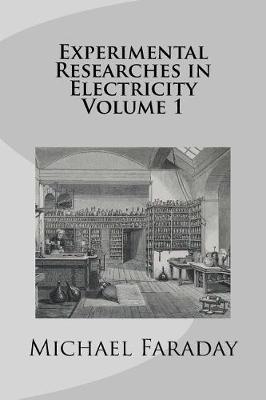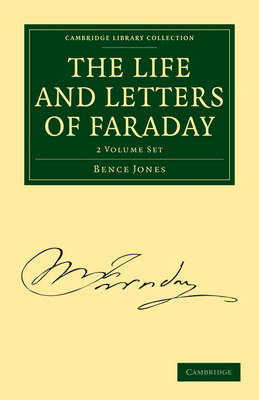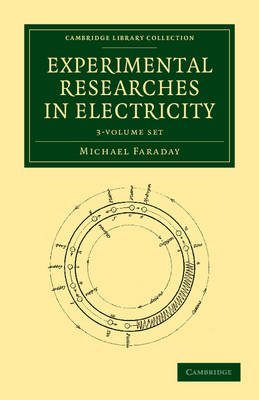Cambridge Library Collection - Physical Sciences
5 primary works • 7 total works
Volume 1
The Life and Letters of Faraday: Volume 1
by Bence Jones and Michael Faraday
Volume 1
Volume 2
Volume 2
The Life and Letters of Faraday: Volume 2
by Bence Jones and Michael Faraday
Volume 3
The Life and Letters of Faraday 2 Volume Paperback Set
by Bence Jones and Michael Faraday





